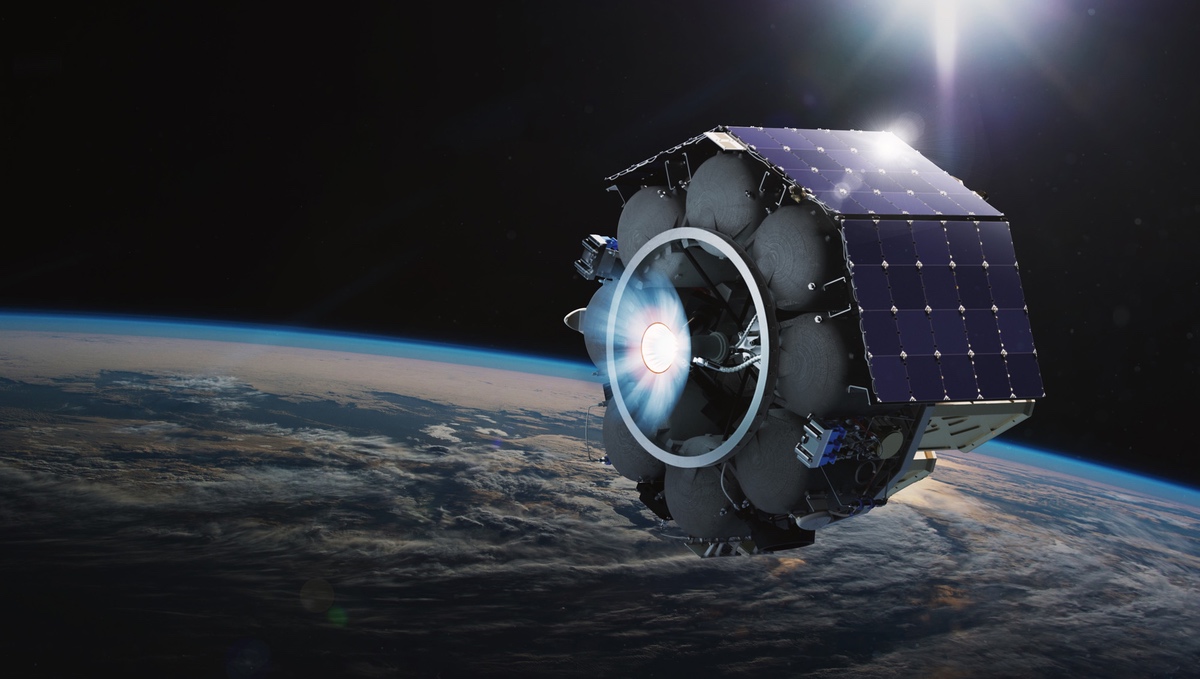
It is a familiar refrain for the industry: too many companies pursuing too few customers, making it difficult for any company to close its business case and make money. That has been an issue for years in the launch market, with dozens of companies working on small launch vehicles even as others project only enough demand to support a few, at most.
That concern now extends to commercial space stations. As part of NASA’s efforts to transition from the International Space Station, the agency is backing four companies that have announced plans for commercial stations. Three ventures, led by Blue Origin, Northrop Grumman and Voyager Space, won funding from NASA in late 2021 to support initial design work. A fourth, Axiom Space, won an earlier award granting it access to an ISS docking port to install commercial modules as precursors to a standalone station.
That’s too many companies, some argue. “We’re concerned that, with four competitors in the game for very much longer, we’re just diluting what is only a nascent market, if there is a market,” said Mary Lynne Dittmar, chief government and external relations officer at Axiom Space, during a panel at the FAA Commercial Space Transportation Conference in February.
She said NASA needed to accelerate its plans to downselect and make clear how many companies it planned to select and how. Otherwise, she warned, “we’re actually going to extend the period of time it takes to get things on low Earth orbit after ISS.”
That illustrates a more fundamental issue about the value NASA places on having a presence in LEO after the ISS. It’s not clear that the importance that NASA has expressed for such a presence is backed by the commitment it plans to make to support commercial stations.
NASA clearly placed a high value on commercial cargo and crew transportation to the ISS. It quickly downselected to two providers and, in the case of commercial crew, provided most of the funding needed to develop those systems. Those vehicles are now essential to the operation of the station.
NASA’s support for commercial space stations is less clear. The agency published in February an updated document outlining its projected use of such stations, including power, volume and cargo transportation requirements. The agency said it expected to have two astronauts in orbit to carry out its projected research.
That demand will be tough to split over more than two stations, and even with a single station is likely to be insufficient on its own to close its business case. NASA’s expectation is that it will be one customer of many for such stations, sharing them with companies and other governments. Industry officials say NASA doesn’t even want to be considered an anchor customer.
That approach is something like how it works with small launch vehicle companies, providing contracts for smallsat launches but little else to support their development. If one fails, as with Astra last year when it lost satellites on two NASA-funded launches, it walks away and finds another provider.
That works for smallsat launch, which is not a strategic priority for NASA. Maintaining a human presence in LEO, though, is more important. That may require more resources as well as harder and earlier decisions on what companies to support, particularly given the uncertain demand from other customers for such stations.
Companies currently working with NASA on LEO destinations have something else to worry about: more competition. Startups like Gravitics and Vast are pursuing space station concepts without NASA’s support but could compete for future NASA awards. And some wonder if SpaceX, currently seen as a key transportation supplier for commercial stations, might instead become a competitor with a version of Starship.
Vast is funded by Jed McCaleb, a cryptocurrency billionaire who said he’s willing to invest hundreds of millions of dollars into his startup. In February, it acquired Launcher, in the process taking that company out of the crowded small launch vehicle market. Similar consolidation may be needed for commercial stations for at least one to be viable.
This article originally appeared in the March 2023 issue of SpaceNews magazine.
Related
ncG1vNJzZmiroJawprrEsKpnm5%2BifKW7xKxkp5mjlsBuv9Spp6iqpGKzsL6MnKampZWnsKqty2aqqZmTmnq0wMCtoKimo2K6osDCoWStoJWev261zKmmq6yRo7Cmew%3D%3D